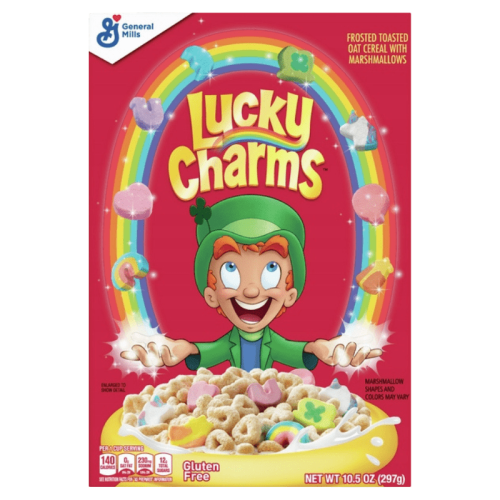Futhark/Futhorc Phenomenon in the British Isles and Scandinavia
1/8
There's no tags or description
Looks like no tags are added yet.
Name | Mastery | Learn | Test | Matching | Spaced |
|---|
No study sessions yet.
9 Terms

Timeframe: • Elder Futhark
The oldest runic alphabet, used roughly from 150 to 800 AD across Scandinavia and parts of Europe.

Timeframe: • Younger Futhark
Evolved from Elder Futhark around 800 AD, used until about 1200 AD in Scandinavia.

Timeframe: • Anglo-Saxon Futhorc
Developed from Elder Futhark in the 5th century, used until the 11th century in the British Isles.

Differences Between Futhark and Futhorc: • Elder Futhark (Scandinavia)
Had 24 runes, used for inscriptions on stones, weapons, and jewelry. Evolved into Younger Futhark.

Differences Between Futhark and Futhorc: • Younger Futhark (Scandinavia)
Simplified to 16 runes, adapted to Old Norse sounds, found on Viking Age runestones.

Differences Between Futhark and Futhorc: • Anglo-Saxon Futhorc (British Isles)
Expanded to 33 runes, adapted to Old English sounds, found on monuments, coins, and manuscripts.

General Messages in Carvings: • Elder Futhark
Often used for memorials, magical charms, and ownership marks.

General Messages in Carvings: • Younger Futhark
Inscriptions on runestones commemorated events, claimed territories, and included prayers to gods.

General Messages in Carvings: • Anglo-Saxon Futhorc
Used for legal documents, religious texts, and personal inscriptions, with Christian themes and magical formulas.